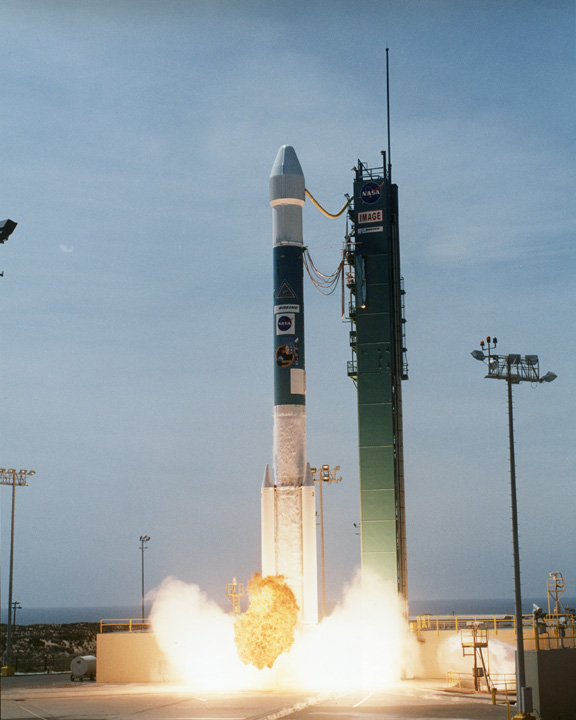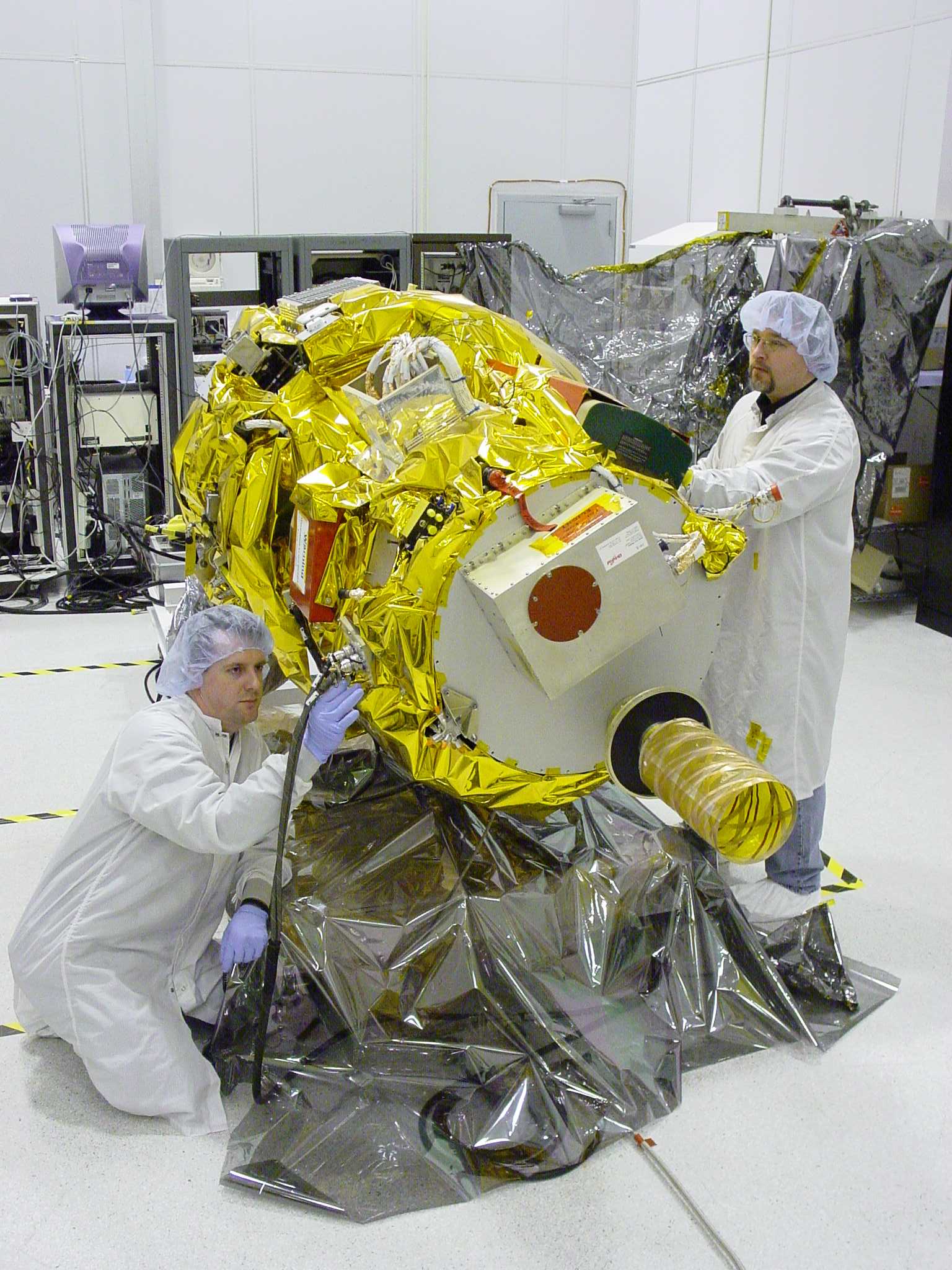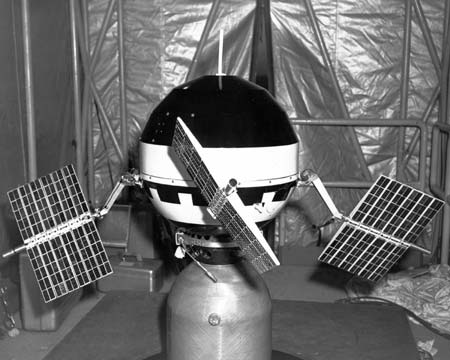Ten years ago today — March 25, 2000 — the “Imager for Magnetopause-to-Aurora Global Exploration” spacecraft, also known as IMAGE, was launched from Vandenberg AFB, California, atop a Delta-II rocket.

(IMAGE launch. NASA image.)
IMAGE was designed to study the Earth’s magnetosphere for two years, but it exceeded all expectations and actually sent back observations for over five years.
IMAGE was the first satellite mission dedicated to imaging the Earth’s magnetosphere, the region of space controlled by the Earth’s magnetic field and containing extremely tenuous plasmas of both solar and terrestrial origin.
In other historical news, on March 25, 1960 — 50 years ago today — NASA test pilot Joseph A. Walker made his first X-15 flight at Edwards AFB, CA. Walker eventually
flew the research aircraft 24 times and achieved its fastest speed and highest altitude. He attained a speed of 4,104 mph (Mach 5.92) during a flight on June 27, 1962, and reached an altitude of 354,300 feet on August 22, 1963 (his last X-15 flight).
From a strictly personal point of view, I like these particular history items because I was stationed at both of those air bases during my career.



 by
by 



















